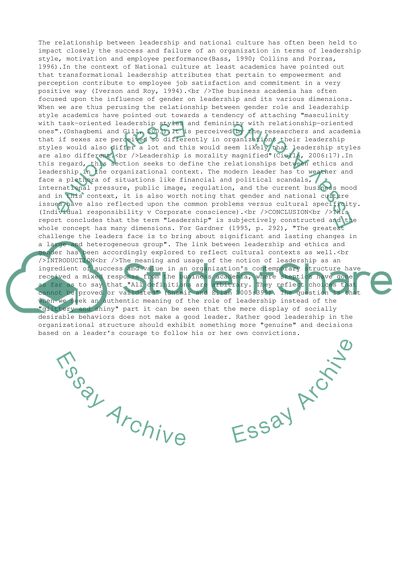Cite this document
(Leadership and Its Relationship With Contemporary Organisations Report, n.d.)
Leadership and Its Relationship With Contemporary Organisations Report. https://studentshare.org/business/1518982-bussiness-organisations
Leadership and Its Relationship With Contemporary Organisations Report. https://studentshare.org/business/1518982-bussiness-organisations
(Leadership and Its Relationship With Contemporary Organisations Report)
Leadership and Its Relationship With Contemporary Organisations Report. https://studentshare.org/business/1518982-bussiness-organisations.
Leadership and Its Relationship With Contemporary Organisations Report. https://studentshare.org/business/1518982-bussiness-organisations.
“Leadership and Its Relationship With Contemporary Organisations Report”. https://studentshare.org/business/1518982-bussiness-organisations.


